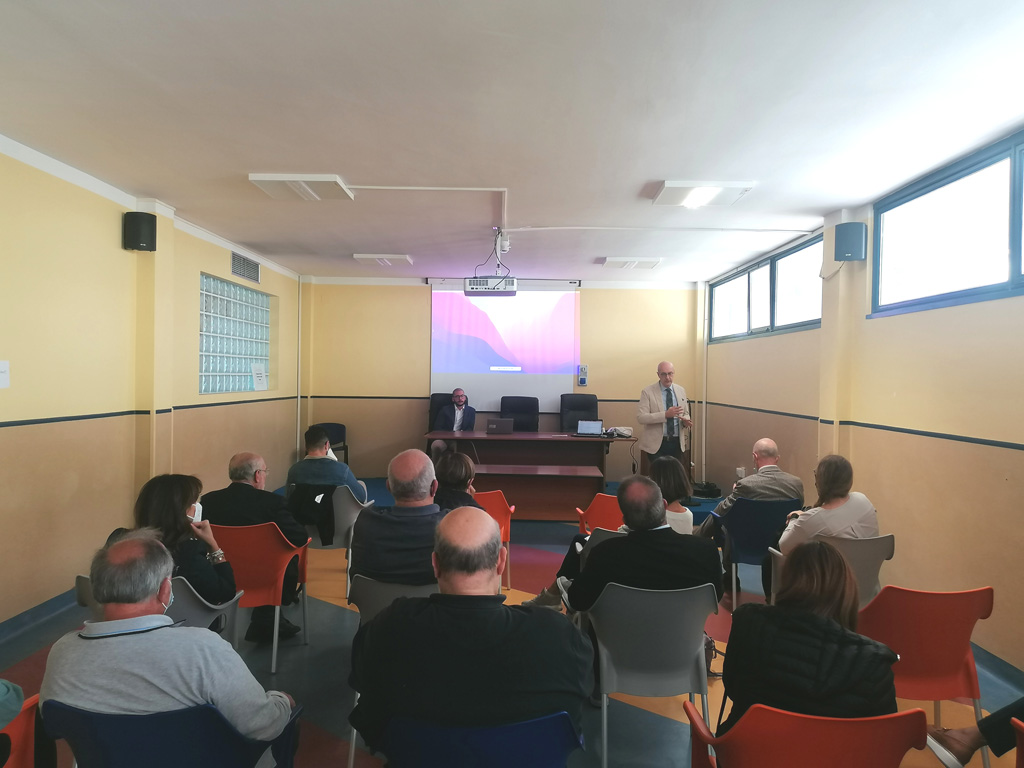The pilot telemedicine project for malignant skin cancers has begun and will initially develop in the territories of District A and B.
In the meeting that saw the participation of Dr. Alessandro Greco, with fellow Outpatient Dermatologists together with General Practitioners (GPs), the latter previously trained in the recognition of suspicious skin lesions through dermoscopic imaging, the program was formally started.
There are numerous advantages of the project, the first in Italy, which involves outpatient dermatologists and, as mentioned, GPs:
- Real-time sharing of standardized high-definition dermoscopic images.
- Early diagnosis and optimisation of waiting times.
- Methodsof immediate patient care.
- Logistical and economic advantage for the NHS, for patients and their families.
- Specific training of the GP, multidisciplinary integration and clinical-prescriptive appropriateness.
The phases of the project
It should be noted that screening does not replace the oncological dermatological examination, which must instead be carried out, but is intended to give priority to the demanding: Short, Deferrable, Scheduled.
After acquiring a single clinical photographic image of the affected anatomical site and the relative dermoscopic image of the lesion suspected of being a tumour, each MMG accesses the dedicated portal (www.telemedicina.aslfrosinone.it), inserts the complete personal data of the new patient and then attaches the two images acquired previously.
Within the following 48 hours, the dermatologist, observing the images, will suggest through the application, the priority that the GP will have to indicate on the demanding first dermatological visit. The dermatologist will be responsible for recording the performance of dematerialised dermatological televisit.
In this way, waiting lists are lowered: in the case of injuries, for which a D or P priority code is suggested, the appointment must be booked by the patient through company CUP or ReCUP.
In the presence of a lesion with a high suspicion of cancer (priority code B), the dermatologist will also communicate the day and time of the appointment by means of a departmental agenda, which the GP will be able to transcribe in the challenging first dermatological visit.
The words of Dr. Alessandro Greco
Skin melanoma and especially “non-melanoma skin cancer” have an increasing incidence in recent years. Telemedicine can be used for early diagnosis by expanding access to health services.
Teledermoscopy screening in no way replaces specialist healthcare or epiluminescent dermoscopic examination of the patient, but integrates it to potentially improve the effectiveness, efficiency and appropriateness of the diagnostic-therapeutic pathway. The in-person dermatological examination will be able to confirm the teledermoscopic suspicion and in this case, the specialist will be able to carry out, in a very short time, a diagnostic in-depth examination in digital epiluminescence and, if necessary, proceed with the short sending for surgical removal.







